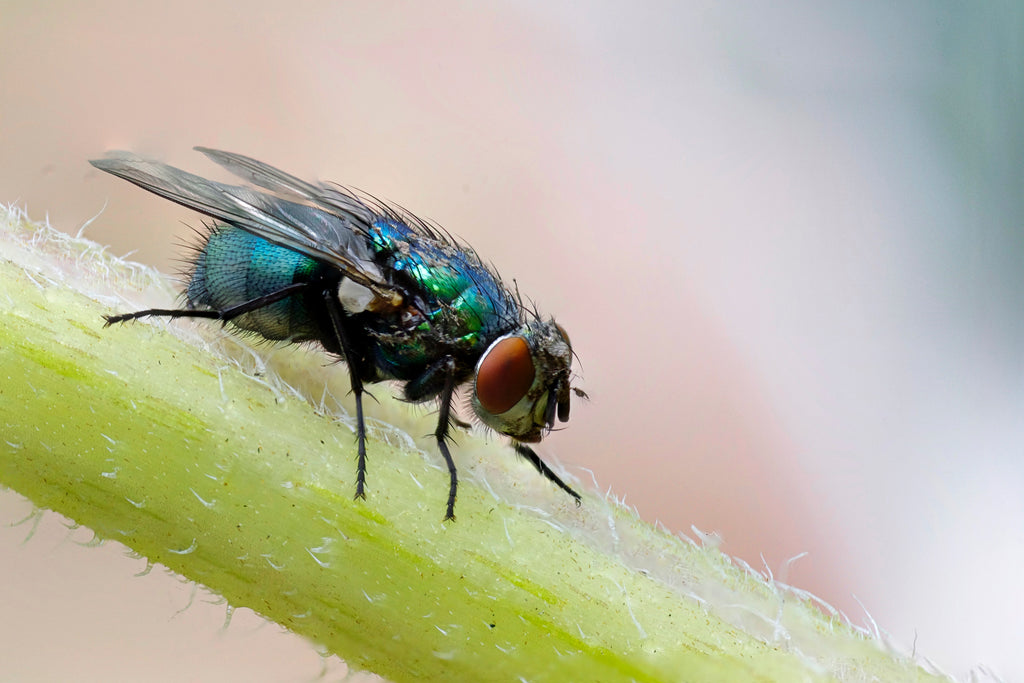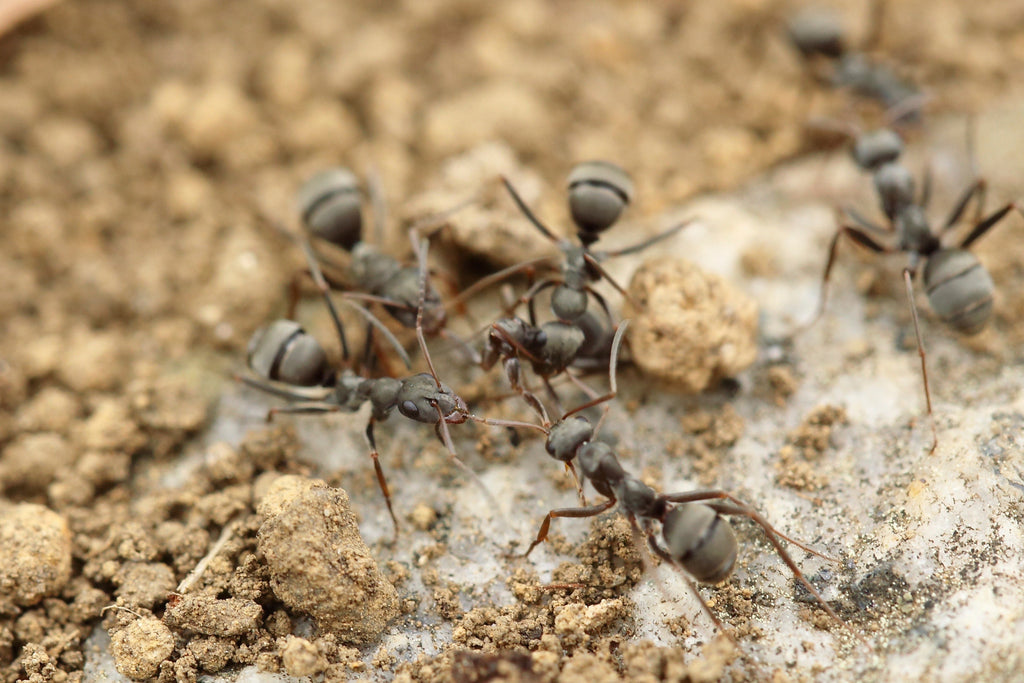
Diatomaceous Earth: Wet vs Dry Application

Getting Started is Easy with These 4 Simple Steps
Diatomaceous Earth is well known as a miracle product with hundreds of uses and today we wanted to highlight how to make a DE slurry suitable for any of your needs. Do you struggle with pesky household insects? Diatomaceous Earth can help. Let's get started.
Try Crawling-Insect Control Diatomaceous Earth

As you may have seen in some of our other articles, depending on the situation there are two primary ways to apply Diatomaceous Earth (i.e. Wet or Dry.) What may have been unclear, are the advantages of using a wet application method, and how it works once you apply it. If you mix DE with water, and spray it onto trees, in your garden, underneath your house, on the ceiling of your patio, DE must dry out before it will kill any bugs.
Pest Control Basics
To effectively answer this question, let's start with the basics of how DE works as a pest control substance.
DE kills bugs with what we call a mechanical action; DE is very coarse and absorbent, which means that when insects walk through it, it scratches through and absorbs the waxy, oily coating that protects their exoskeletons. With that layer compromised, insects are not able to retain the moisture they need, and they dehydrate and die.
When you're developing a plan to combat a pest problem, you should always consider using a dry application method first.
The mechanical action we described above is only effective under dry, controlled conditions; even a lot of humidity can affect DE in its pest control work. Because of these complications that can arise out of applying DE wet, it should only be used when really needed.
Pest control can be a daunting challenge. Oftentimes pests aren't where you need them to be for easy extermination. They may be crawling on the underside of plants, high up on trees, or spread out over a large area.
We recommend the wet application method when applying DE in awkward, difficult to reach areas or large areas in direct sunlight. By mixing DE with water, and using a spray tool, you can reach difficult or large areas, and DE will stick to everything you cover.
Remember, DE will not kill bugs while it's wet, but once it dries out it will retain its bug-killing properties.
DE mixed with water is commonly known as a slurry. To make a DE slurry, follow this ratio:
- ½ cup DE (8 tablespoons) for 2 cups of water
You can apply the slurry with a spray bottle or a pressure washer. Once you mix the DE in the water, the DE will settle to the bottom, so you need to shake it up frequently as you spray.
Keep it simple with your pest control jobs! The season is heating up, and before you apply DE wet or dry be sure to have a plan, and consult our A-Z Guide frequently.
As always, we are here to help – send us a message on Facebook, or leave a comment below if you have any questions!
